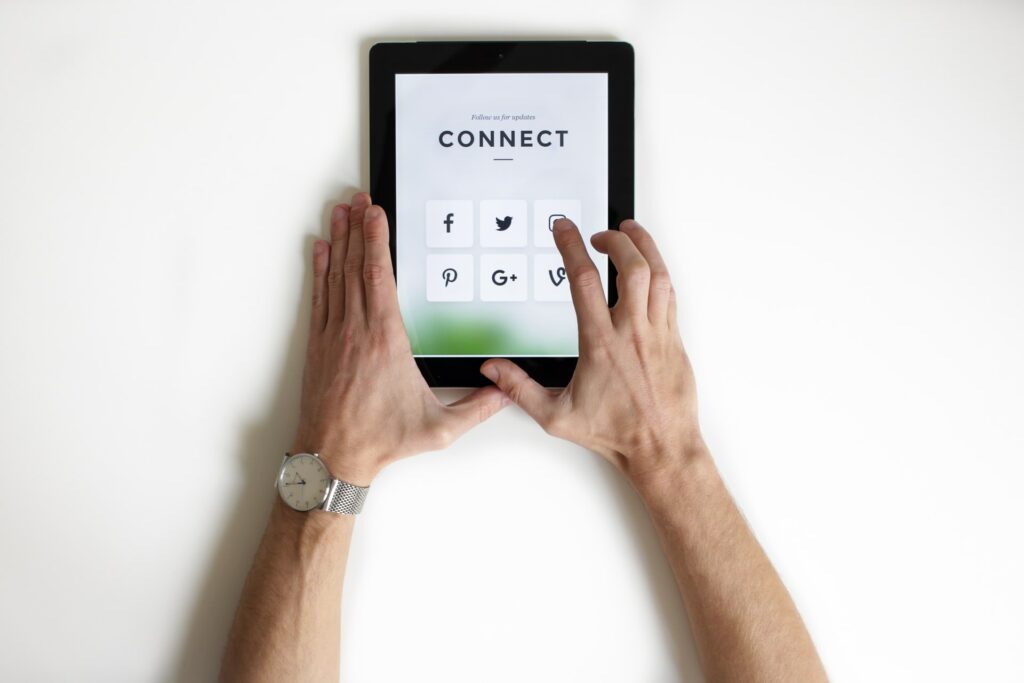
This course has made a profound impact on my view of social media. In particular, working on the group project allowed me to explore social media platforms that I typically did not use. For our project, we wanted to use four well-known social media platforms and identify which users and audience may benefit from using them. The four social media platforms we chose were Twitter, Facebook, Tik Tok, and Instagram. We analyzed content trends and popular users on these platforms and identified which users may benefit from using these platforms. For Twitter, we decided that it may be the best fit for educators. Our rationale behind this was because of the unique networking and interacting capabilities of Twitter which would allow educators to interact with fellow educators to discuss career-related development and opportunities. Moreover, by using hashtags on Twitter educators would be able to access information and resources to enhance students’ learning, that is used by fellow educators across the globe. For Facebook, we thought it might be best to be used for personal use such as interacting with friends as family, as a lot of people, particularly elderly people, are active users on Facebook. For tik tok, when we analyzed trends we noticed that when small business owners posted videos they had a tendency to go viral, likely due to the tik tik algorithm. For instance, an upcoming clothing designer posted a video of her collection, and as the video went viral, she began to be inundated with orders from around the world. Therefore we thought tik tok would be beneficial for small business owners. Finally, for Instagram, we thought it might be best for health and wellness influencers, as there seems to be a large presence of these influencers on Instagram which can allow for collaboration thereby creating a larger reach for the influencers. Although I do not have research to support this, I personal observation I made while my personal uses of Instagram made me think that perhaps the obsession with having an “aesthetic” Instagram feed may allow influencers to reach a wider audience, as individuals may be attracted to the influencer’s feed “aesthetic”.
This course has taught me a lot about social media platforms and has certainly drastically changed my previous views of social media platforms. The two aspects I look forward to working on post-course, are building my digital identity and enhancing my PLN. I have always been a very private person, therefore I have always been wary about my digital identity. My preconceived notions made me believe that a digital identity may hinder employment opportunities. However, after taking this course and learning about how digital identity can create your reputation online which can result in many benefits (Stoller, 2021). This could potentially garner the attention of colleagues and employers thereby creating opportunities that could enhance my career. I can enhance my digital identity and reputation by creating engaging and valuable content, as well as follow organizations, companies, and leaders in my career field, thus enhancing my professional development. With regards to enhancing my PLN, I plan on doing this by following people on social media platforms whose careers, professions, and personal backgrounds, interests, and views differ from mine. I believe that by employing this approach I would be able to enhance my professional development as I will be able to learn from a diverse group thereby broadening my professional knowledge, and my personal understanding of the world.
I certainly think we can take our PLN from a local community to a global community. I think this can be done by following and interacting with those whose views differ from yours and whose lives and career paths are different than yours. As stated by Giudice (2013) in this week’s reading, “digital inclusion is e-inclusion, which encompasses all the activities associated with the attainment of an inclusive information society involving all the possible segments of the global population” (Giudice, 2013, p.80). This can allow us to have a diverse and inclusive PLN that we can learn from thereby broadening our PLN. However, I believe that media literacy is critical when our PLN consists of those whose views may drastically differ from ours. As we learned in this course from Julie Smith, media literacy is our critical questioning of information we see on social media (Smith, 2021). Media literacy will allow us to fact-check information and reduce the chances of being misinformed and learn and absorb factual information.
Personally, my belief is that having a local to global approach can be beneficial for networking. A phrase that best describes my view on local to global is when a well-known Scottish conservationist, Patrick Geddes, stated that we should “think globally, act locally” (Groom, 2012). Groom (2012) also profoundly stated that “Thinking globally and acting locally, in its simplest form, is a commitment to personal change. It is a liberating journey of small, deliberate changes to dismantle inconsistencies that exist between what we know and what we do.” (Groom, 2012). This to me encompasses my view on networking with a worldview but focusing on a local impact, as I think when networking we should aim to have a global reach by being inclusive and hope to make a global impact by starting to make a local impact first, by networking and collaborating with individuals and making local changes first, which may eventually lead to global changes.
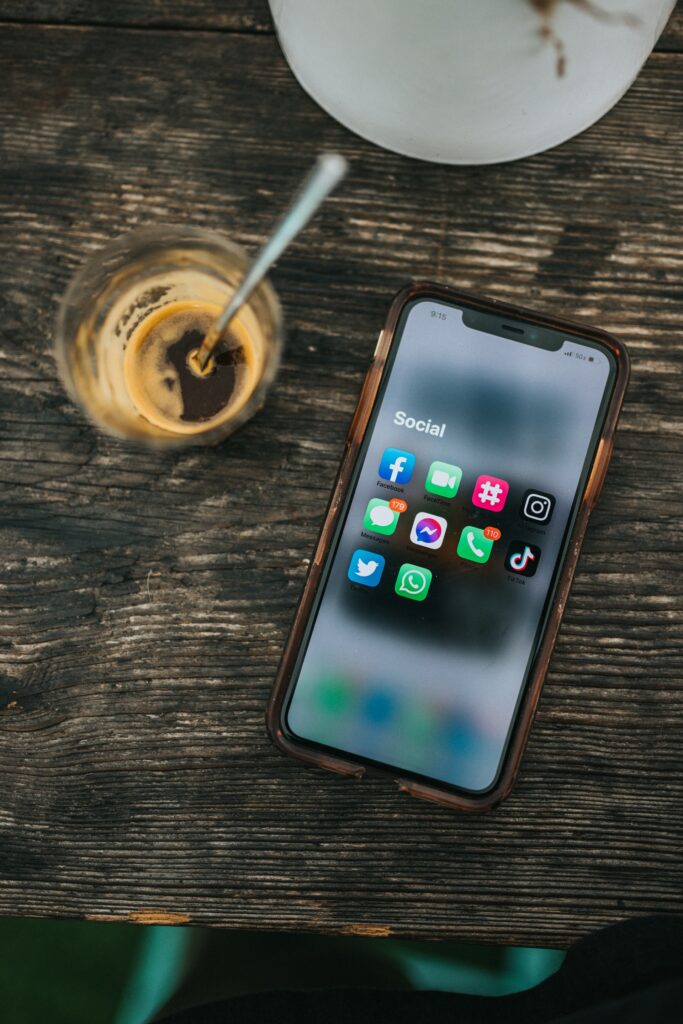
References:
Groom, Robert C, “Think global and act local.” (2012). Maine Medical Center. 910.
https://knowledgeconnection.mainehealth.org/mmc/910
Giudice, M. D. (2013). From Information Society to Network Society: The Challenge. Social Media and Emerging Economies, 71–88. https://doi.org/10.1007/978-3-319-02490-5_5
Smith, Julie. “EDCI 338 – MEDIA LITERACY with JULIE SMITH”. Youtube.Com, 6 June 2021, https://www.youtube.com/watch?v=57r3-aEnci0.
Stoller, Eric – What is Digital Identity? (2016, November 25). YouTube. https://www.youtube.com/watch?v=u0RryRbJza0
Photo by Nathan Dumlao on Unsplash
Photo by NordWood Themes on Unsplash

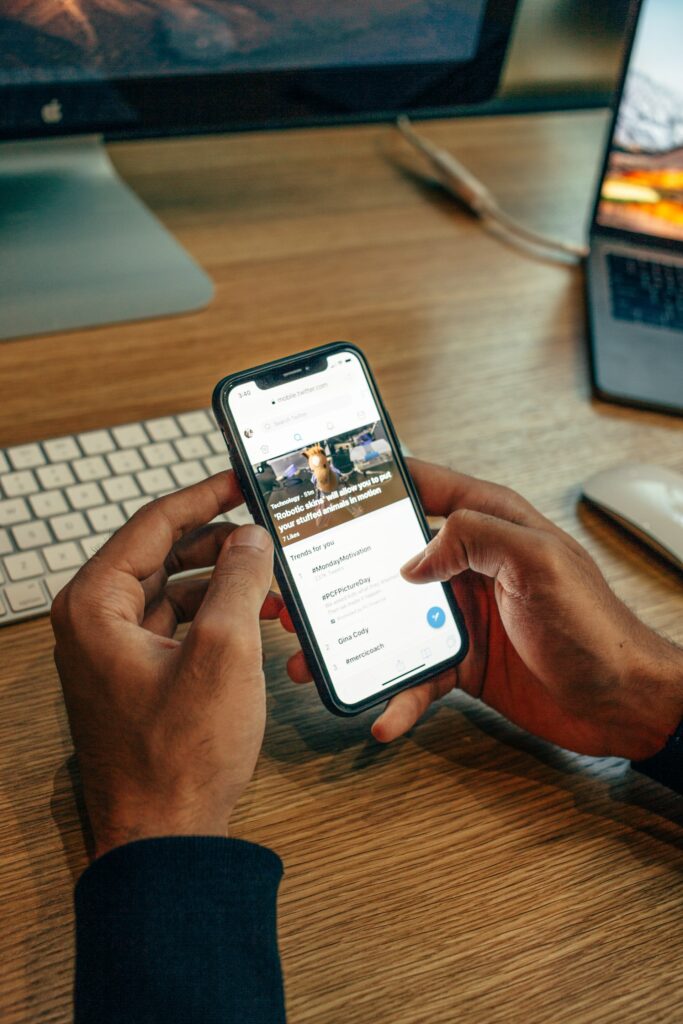
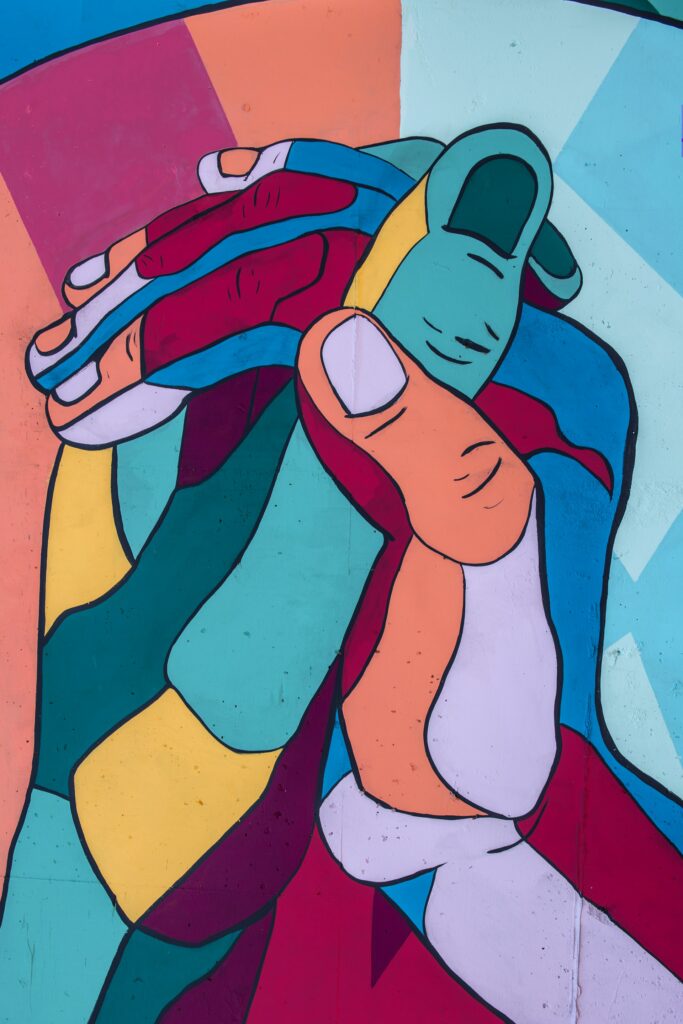
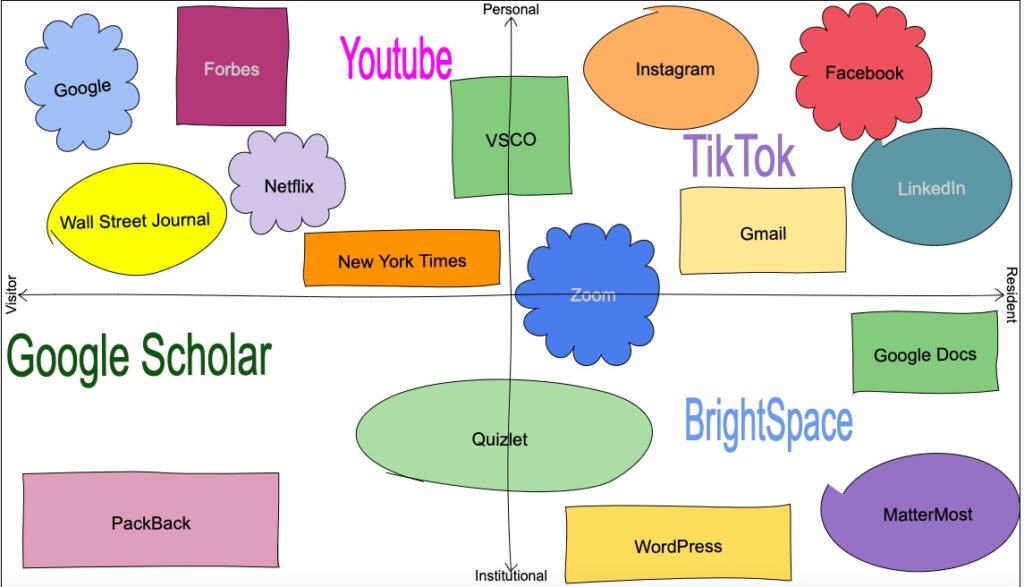
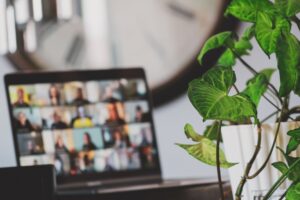

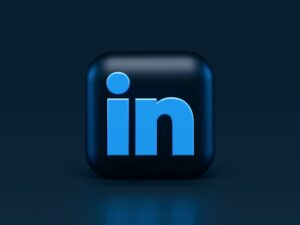
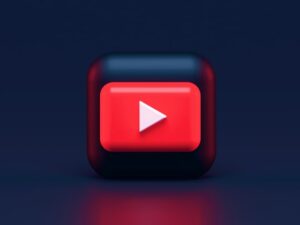
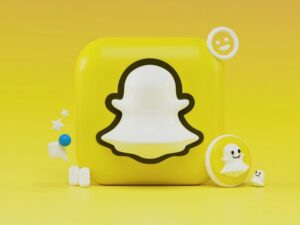

Recent Comments